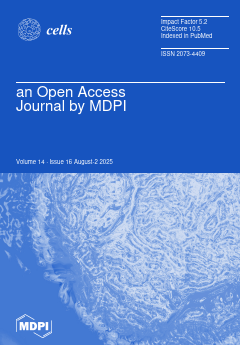While calcium (Ca
2+) is a universal cellular messenger, the ionic properties of magnesium (Mg
2+) make it less suited for rapid signaling and more for structural integrity. Still, besides being a passive player, Mg
2+ is the only active Ca
[...] Read more.
While calcium (Ca
2+) is a universal cellular messenger, the ionic properties of magnesium (Mg
2+) make it less suited for rapid signaling and more for structural integrity. Still, besides being a passive player, Mg
2+ is the only active Ca
2+ antagonist, essential for tuning the efficacy of Ca
2+-dependent cardiac excitation–contraction coupling (ECC) and for ensuring cardiac function robustness and stability. This review aims to provide a comprehensive framework to link the structural and molecular mechanisms of Mg
2+/Ca
2+ antagonistic binding across key proteins of the cardiac ECC machinery to their physiopathological relevance. The pervasive “dampening” effect of Mg
2+ on ECC activity is exerted across various players and mechanisms, and lies in the ions’ physiological competition for multiple, flexible binding protein motifs across multiple compartments. Mg
2+ profoundly modulates the cardiac action potential waveform by inhibiting the L-type Ca
2+ channel Cav1.2, i.e., the key trigger of cardiac ryanodine receptor (RyR2) opening. Cytosolic Mg
2+ favors RyR2 closed or inactive conformations not only through physical binding at specific sites, but also indirectly through modulation of RyR2 phosphorylation by Camk2d and PKA. RyR2 is also potently inhibited by luminal Mg
2+, a vital mechanism in the cardiac setting for preventing excessive Ca
2+ release during diastole. This mechanism, able to distinguish between Ca
2+ and Mg
2+, is mediated by luminal partners Calsequestrin 2 (CASQ2) and Triadin (TRDN). In addition, Mg
2+ favors a rearrangement of the RyR2 cluster configuration that is associated with lower Ca
2+ spark frequencies.
Full article






